
Monkeyland Primate Sanctuary
World's first free-roaming primate sanctuary, offering guided tours of rescued monkeys in their natural habitat.
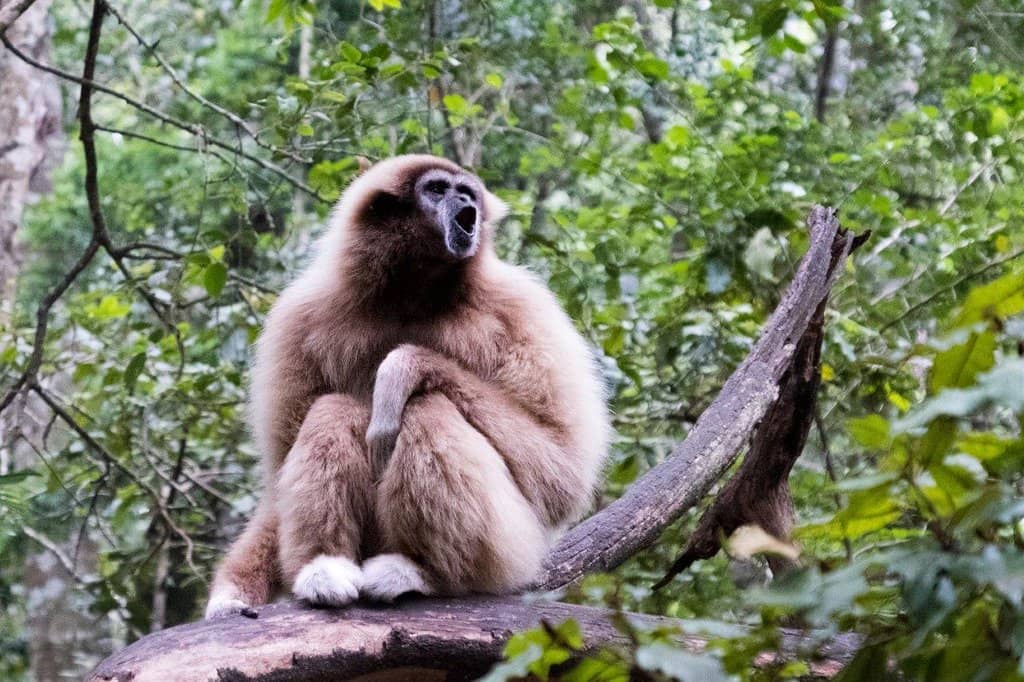
Highlights
Must-see attractions
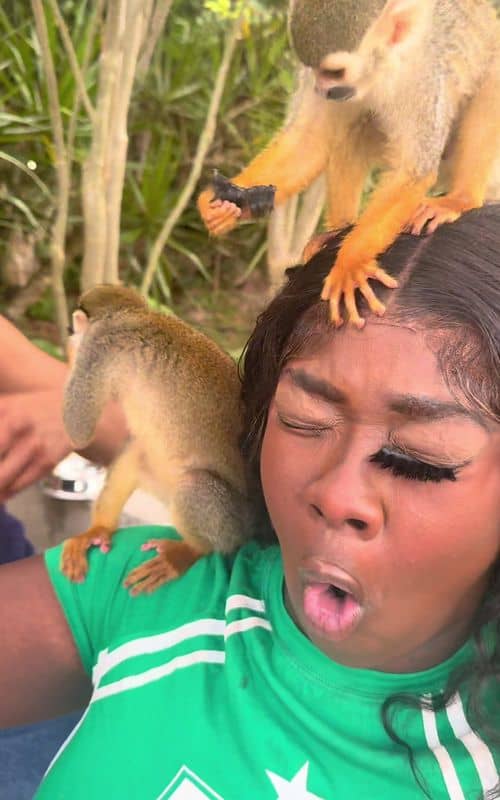
Social
From TikTok & Reddit
Best Time
Primates are most active

Monkeyland Primate Sanctuary
Best Time
Primates are most active

Highlights
Must-see attractions
World's first free-roaming primate sanctuary, offering guided tours of rescued monkeys in their natural habitat.
"It's not a zoo; you're a guest in THEIR habitat. Magic places and really nice monkeys!"
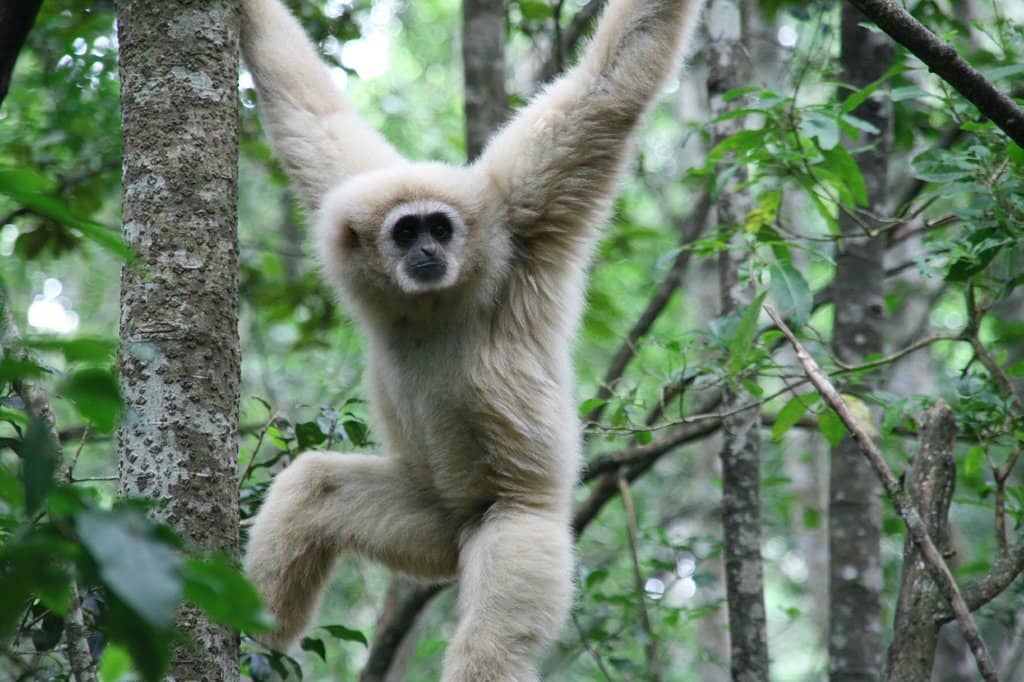
🎯 Patience is Key
Primates are in their habitat; they decide if they're visible. Enjoy the experience without expecting constant sightings.
👟 Wear Comfortable Shoes
You'll be walking through the forest, so sturdy, closed-toe shoes are essential for comfort and safety.
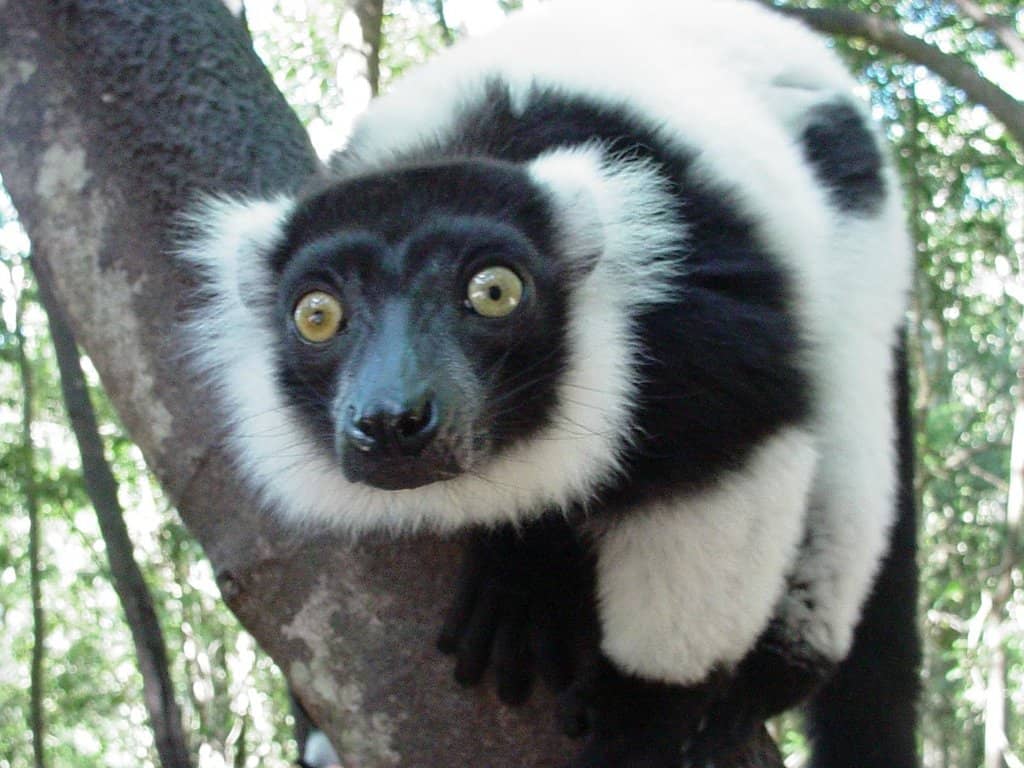
Highlights
Discover the most iconic attractions and experiences

Free-Roaming Primates
Indigenous forest
Witness diverse primate species like lemurs and gibbons living freely in their natural forest environment.

Suspension Bridge Encounters
Forest canopy
Experience a magical moment as gibbons swing overhead on the suspension bridge, offering a unique connection.
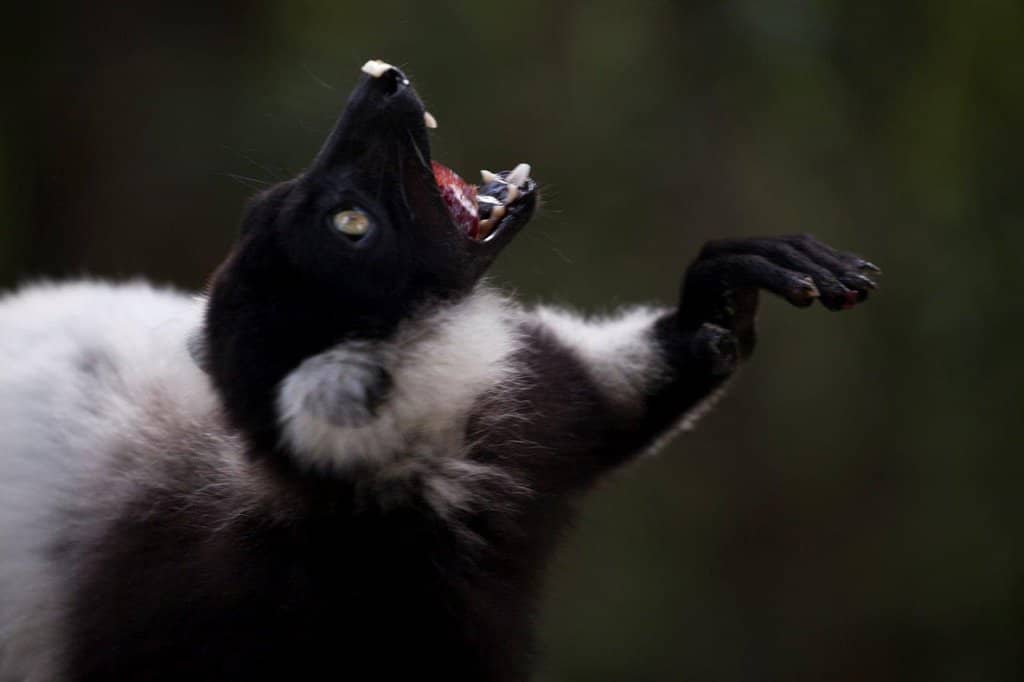
Guided Forest Walks
Sanctuary trails
Learn about rescued primates and their conservation from knowledgeable guides on an immersive forest tour.
Plans like a pro.
Thinks like you
Planning Your Visit
Understand Primate Autonomy
Book in Advance for Peak Times
Best Times
Insider Tips
from TikTok, Instagram & Reddit
🎯 Patience is Key
Primates are in their habitat; they decide if they're visible. Enjoy the experience without expecting constant sightings.
👟 Wear Comfortable Shoes
You'll be walking through the forest, so sturdy, closed-toe shoes are essential for comfort and safety.
📸 Camera Ready!
Capture incredible moments, but be mindful of the primates' space and avoid flash photography.
🤝 Respect the Sanctuary
Do not touch or feed the primates. Guides ensure a safe and respectful environment for all.
Tips
from all over the internet
🎯 Patience is Key
Primates are in their habitat; they decide if they're visible. Enjoy the experience without expecting constant sightings.
👟 Wear Comfortable Shoes
You'll be walking through the forest, so sturdy, closed-toe shoes are essential for comfort and safety.
📸 Camera Ready!
Capture incredible moments, but be mindful of the primates' space and avoid flash photography.
🤝 Respect the Sanctuary
Do not touch or feed the primates. Guides ensure a safe and respectful environment for all.
🌳 Combine with Birds of Eden
Many visitors enjoy visiting Monkeyland and Birds of Eden together for a comprehensive wildlife experience.
What Travellers Say
Reviews Summary
Visitors praise Monkeyland for its unique sanctuary approach, allowing rescued primates to roam freely in a natural habitat. The guided tours are informative, and the opportunity to see diverse species like gibbons and lemurs is a highlight. Some find the experience a bit pricey for the duration, and occasional issues with guide focus or primate visibility have been noted.
"It‘s not a „zoo“.
This is you as the guest in THEIR habitat. They decide on their own if they would be visible or not. Magic places and really nice monkeys… shy ones, discreet ones… and gangsters. Perfect also for children. Will be a guided tour to protect guests- AND monkeys. ;-)"
Jurgis Prasse
"Informative and interesting visit to Monkeyland. We saw Gibbons, Langurs, Lemurs, Capuchin Monkey, Howler Monkey, Spider Monkey, Vervet Monkey. The animals have healthy food buffets setup for them around the trail.
I'm not a biologist so am not sure of the implications of housing this many monkey species freeroaming in the same area that would never cross each other's paths in the wild as they live on different continents.
The widowed and childless female Gibbon was very sad to see. She looked despondent.
Unfortunately our guide became preoccupied with retrieving a pair of prescription glasses stolen by a monkey from a person in a previous group. He warned us he was going to throw a rock near it to get it to drop the glasses. A rock about half the size of a cricket ball was pegged at the monkey. I thought it was going to hit it. The monkey took off further up the tree.
We stood several times for minutes at a time alone while he went back to try again, making the tour very disjointed. The glasses werent even for anyone in our group so we had no vested interest. The glasses were not retrieved.
The pitch on arrival to buy a 1m3 patch of land in trust to the monkeys would probably be best served at the end of the tour after we have seen the park. It is hard to commit to something (even a small donation such as this) without experiencing the facility first. At the end we were taken back a different way and nowhere near the gift shop and reception area and I'm sure some people would have donated then.
We much preferred our visit to Birds of Eden next door. Quite expensive for a 1 hour tour."
Timeshare Chinchilla
"A very well guided experience of the monkey sanctuary. Interesting to find out that the monkeys own the land that they roam around in. The whole setup and experience is nice and you get to come close to a lot of the monkeys during the tour. The tour is guided so you’re not free to roam around and last about and hour. Would recommend as an alternative activity if you’re in the area. Overall would recommend."
James Dooms
What People Like
What People Dislike
Frequently Asked Questions
🚇 🗺️ Getting There
Monkeyland is located in The Crags, near Plettenberg Bay, Western Cape, South Africa. It's accessible by car, and many visitors on the Garden Route include it in their itinerary.
Yes, Monkeyland is a popular stop for those traveling the Garden Route, including those coming from or going to George. It's about a 1.5 to 2-hour drive from George.
While having a car offers flexibility, some tour operators in Plettenberg Bay may offer transport to Monkeyland. It's best to check with local tour providers.
The most scenic route from Cape Town to Monkeyland is via the N2 along the Garden Route, passing through towns like Mossel Bay and Knysna. The drive takes approximately 5-6 hours.
No, Monkeyland Primate Sanctuary is located in South Africa, near Plettenberg Bay. The TikTok video mentioning Punta Cana might be referring to a different attraction.
🎫 🎫 Tickets & Entry
Ticket prices can vary, and it's recommended to check the official Monkeyland website for the most current pricing. Some reviews suggest it can be a bit expensive for a one-hour tour.
Booking in advance is advisable, especially during peak tourist seasons, to secure your spot and potentially avoid queues.
Admission typically includes a guided tour of the sanctuary, where you'll learn about the rescued primates and their habitat.
Information on child discounts is usually available on the official Monkeyland website or by contacting them directly. Reviews suggest it's good for children.
Monkeyland offers a 'buy a square meter' initiative to help preserve the sanctuary. This is often pitched during the visit.
🎫 🐒 Onsite Experience
You can see a variety of rescued primates, including gibbons, lemurs, capuchin monkeys, howler monkeys, spider monkeys, and vervet monkeys.
No, Monkeyland is a sanctuary where primates live freely in their habitat. Visitors are guests in the animals' environment.
No, touching or feeding the primates is strictly prohibited to ensure their safety and well-being.
The guided tours at Monkeyland typically last about an hour.
Yes, all visits to Monkeyland are guided tours to ensure the safety of both guests and the primates.
📸 📸 Photography
Photography is generally allowed, but it's important to be respectful of the animals and avoid using flash, which can disturb them.
Look for opportunities on the suspension bridge, where gibbons might swing overhead, or when primates are visible along the forest trails.
Drone usage is typically restricted in wildlife sanctuaries to avoid disturbing the animals. It's best to check their specific policy.
Morning hours often offer more active primates, which can lead to better photographic opportunities.
You can find many photos on Instagram and TikTok by searching for #monkeyland or #monkeylandprimate.
For Different Travelers
Tailored advice for your travel style
👨👩👧 Families with Kids
Tips for families include wearing comfortable shoes for walking and bringing snacks and drinks, as options within the sanctuary might be limited. Consider combining your visit with Birds of Eden, which is located nearby, for an extended wildlife adventure that kids will love.
🌿 Nature Enthusiasts & Conservationists
Engage with the guides to learn more about the individual stories of the primates and the sanctuary's rehabilitation programs. Consider participating in their 'buy a square meter' initiative to directly support habitat preservation. This is an opportunity to connect with nature and contribute to a meaningful cause.
📸 Photographers & Wildlife Lovers
Remember to respect the animals' space and avoid using flash photography, which can be disruptive. Early morning tours often yield more active subjects. While the focus is on natural behavior, the opportunity to capture these rescued primates thriving is a photographer's delight.
Deep Dives
In-depth insights and expert knowledge
The Philosophy of Monkeyland
This approach ensures the well-being of the animals, allowing them to exhibit natural behaviors. Guides play a crucial role in educating visitors about conservation efforts and the individual stories of the primates. They also ensure that the boundaries between humans and animals are respected, preventing any harm to either party.
While the free-roaming nature is a highlight, some visitors have noted concerns about housing multiple species from different continents together. However, the sanctuary's primary focus remains on providing a safe, natural, and enriching environment for these rescued animals.
Navigating Your Monkeyland Tour
Expect to see a diverse range of primates, including lemurs, gibbons, capuchin monkeys, howler monkeys, and vervet monkeys, among others. The sanctuary provides healthy food buffets for the animals throughout the trail to encourage natural foraging behaviors. Some of the most memorable moments often occur on the suspension bridges, where you might witness gibbons swinging gracefully overhead.
While the tours are informative and engaging, be prepared for the possibility that not all primates will be visible. The experience is about observing them in a setting that mimics their natural environment as closely as possible. The tour typically lasts about an hour, and it's recommended to wear comfortable walking shoes.
Conservation and Community at Monkeyland
Visitors have the opportunity to contribute to conservation efforts directly. One initiative allows you to 'buy a square meter' of forest in trust for the monkeys, helping to preserve their habitat. This community-driven approach underscores the sanctuary's commitment to long-term sustainability and the welfare of its residents.
The work done at Monkeyland is crucial for providing a safe haven for primates that have been rescued from various situations, including illegal pet trade and unsuitable living conditions. By visiting, you directly support these ongoing conservation and rehabilitation efforts.




Social
from TikTok, Instagram & Reddit